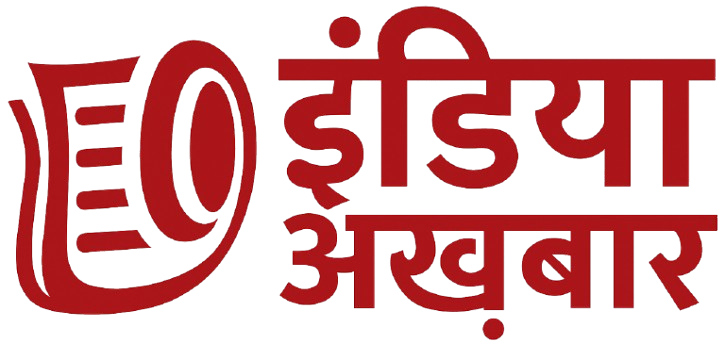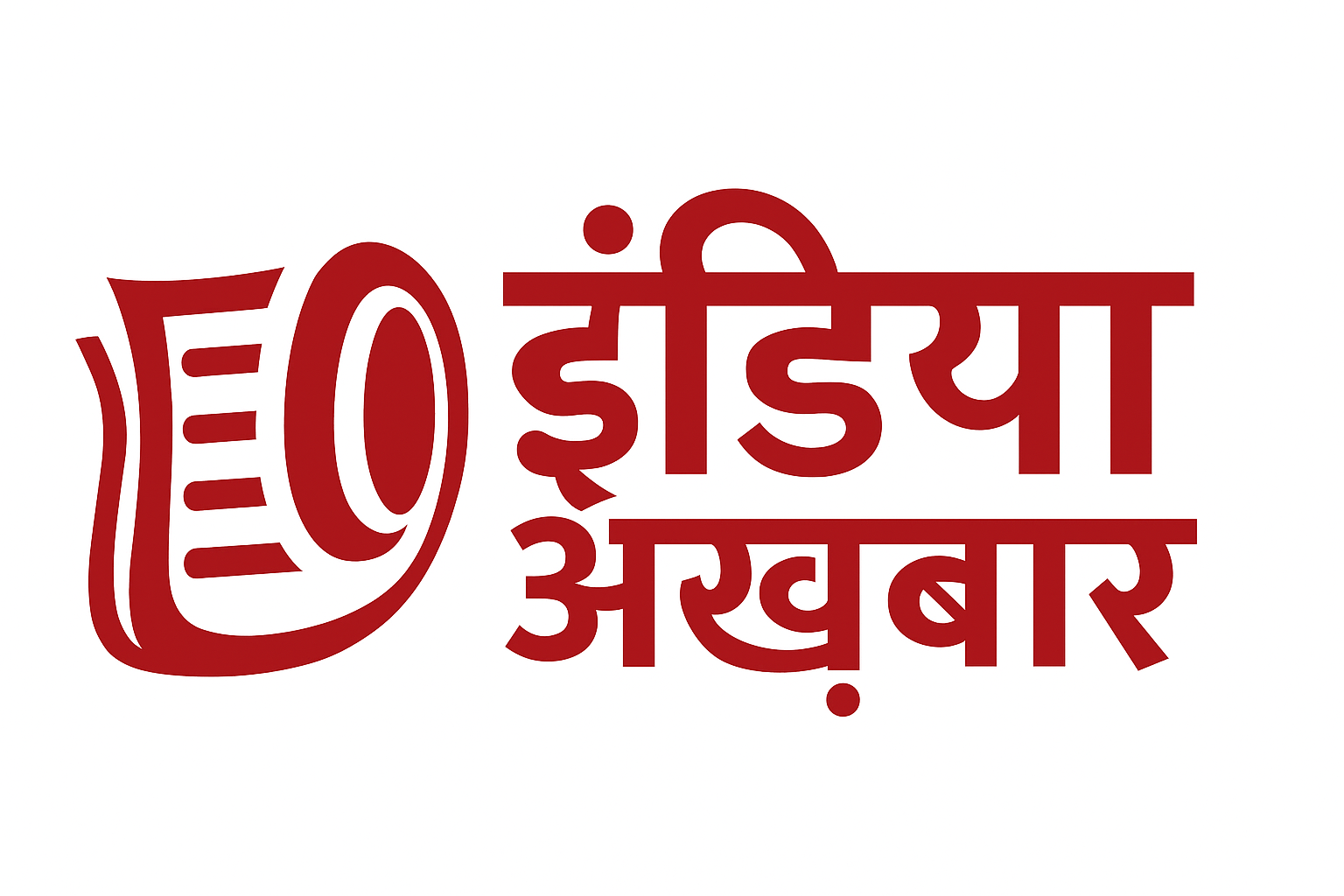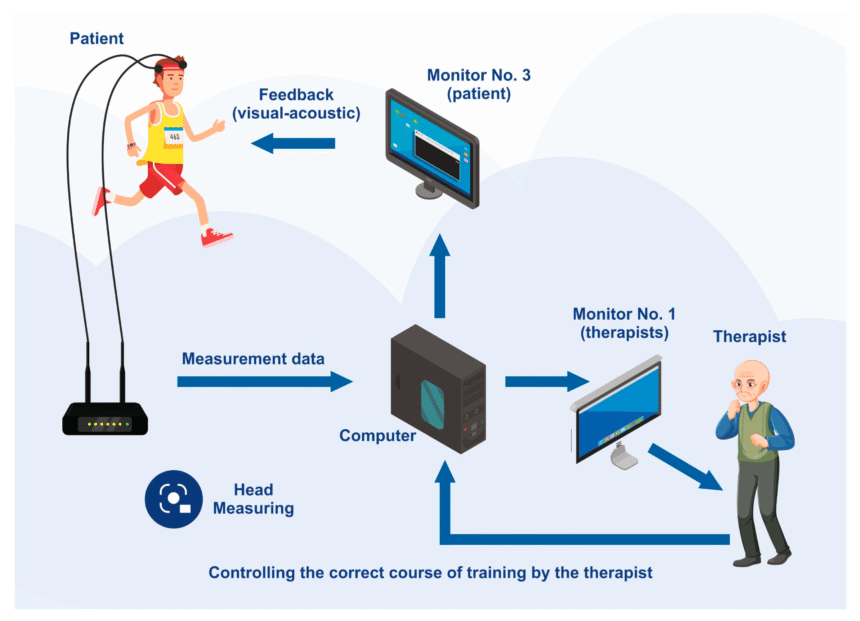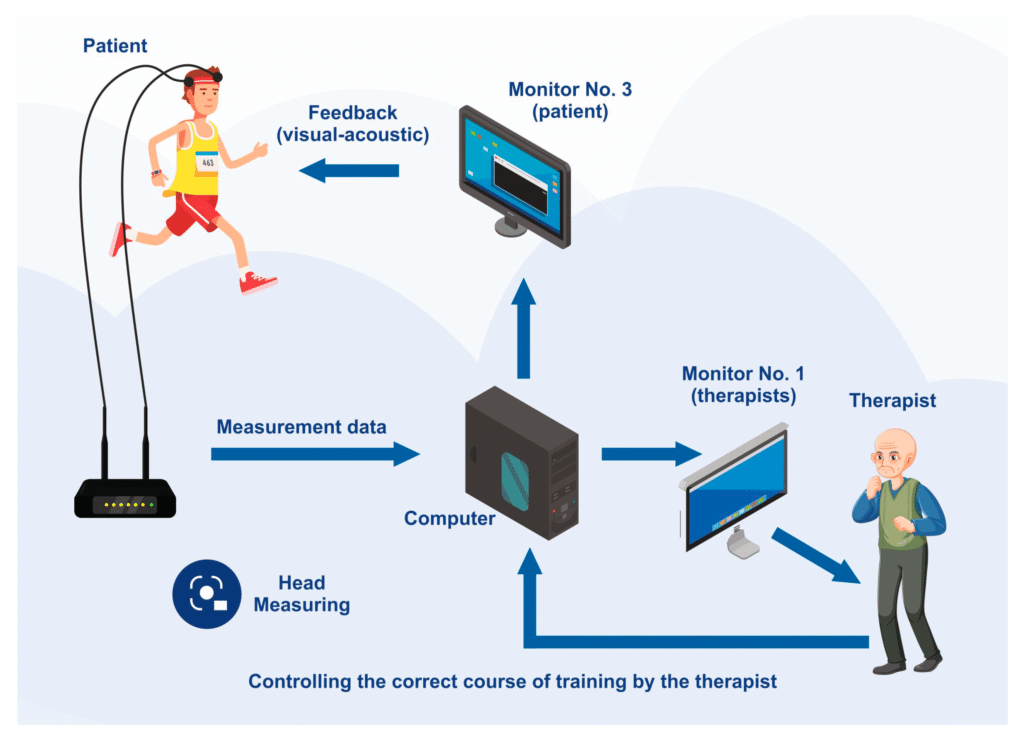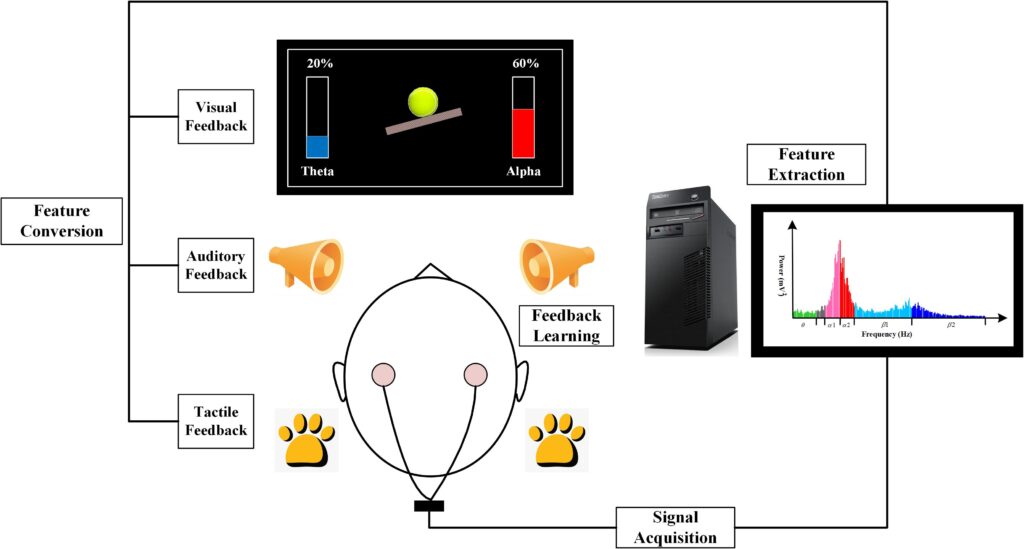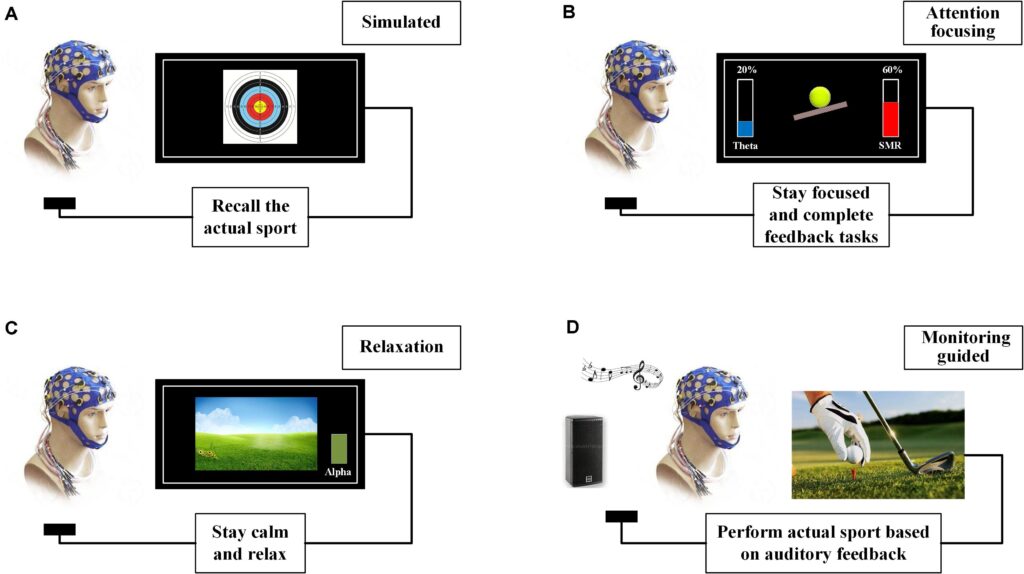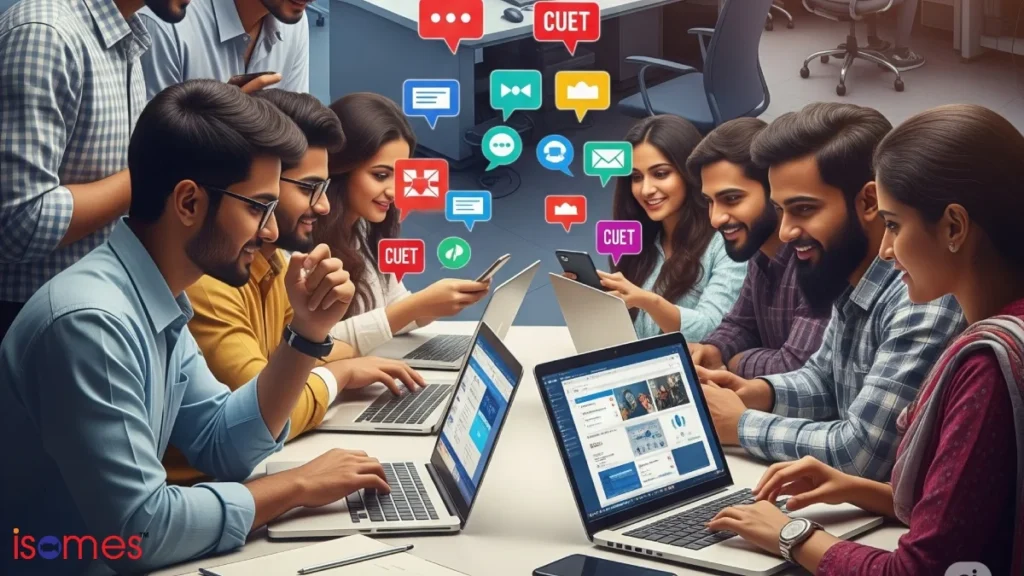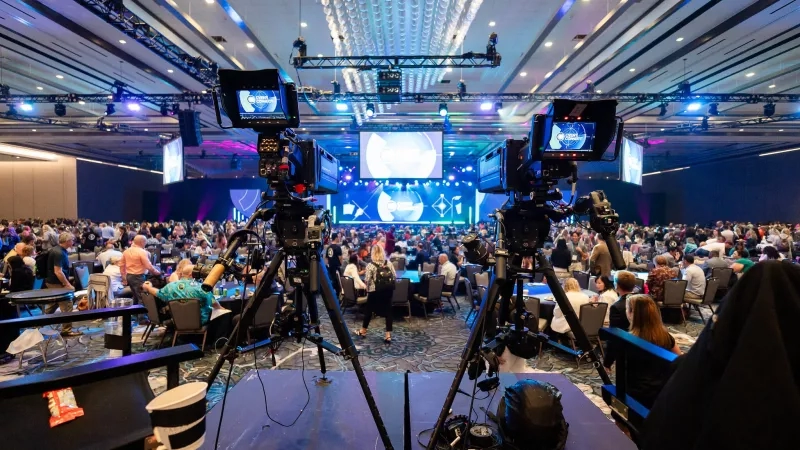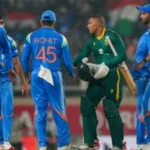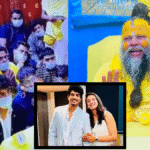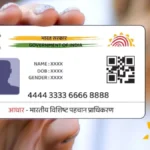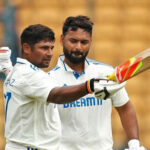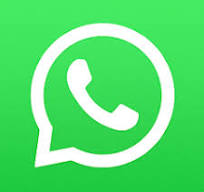Neurofeedback training in cricket and kabaddi 2025 में sports tech सिर्फ wearables और motion sensors तक सीमित नहीं रहा — अब brain tech भी playing field में आ चुका है। खासकर cricket और kabaddi जैसे sports में जहाँ focus, reaction time, decision-making और pressure management मैच जीतने-हारने का फ़रक बनाते हैं, coaches और performance teams neurofeedback training (NFT) को एक नई tool के रूप में देख रहे हैं। इस ब्लॉग में मैं practical तरीके से बताऊँगा कि neurofeedback training in cricket and kabaddi 2025 क्या है, कौन-सी scientific evidence मौजूद है, भारत में किस तरह pilots चल रहे हैं, क्या realistic expectations रखनी चाहिए, और coaches/players कैसे इसे अपनी training में जोड़ सकते हैं — बिना overhype के, साफ़-साफ़। :contentReference[oaicite:0]{index=0}
Neurofeedback क्या है — एक आसान समझ
Simple समझने के लिए—neurofeedback एक तरह की biofeedback है जहाँ athlete के real-time EEG signals को monitor करके उसे feedback दिया जाता है ताकि वो अपने brain activity patterns को self-regulate कर सके। आमतौर पर headset/EEG cap लगा कर specific brain waves (जैसे theta, alpha, beta, SMR) target किए जाते हैं। स्क्रीन पर गेम या ऑडियोज़ के रूप में feedback आता है: जब desired brain state आता है तो reward मिलता है, और तब neural patterns धीरे-धीरे condition हो जाते हैं। यह process कई sessions में चलता है।
Sports contexts में NFT का aim सामान्यतः यही होता है: attention/stability बढ़ाना, anxiety घटाना, reaction time तेज़ करना और psychomotor efficiency improve करना — जो cricket के bowler/pacer, batsman की shot timing और kabaddi player की raid/defend decisions में काम आता है। :contentReference[oaicite:1]{index=1}
Scientific evidence — क्या कहता research (2020-2025)?
यहाँ झट से conclusion देना गलत होगा — research promising भी है और cautious भी। हाल के systematic reviews और meta-analyses ने दिखाया है कि neurofeedback sports performance में positive effects लाने की संभावना रखता है, पर methodology heterogeneous है और सब studies high-quality randomized control trials नहीं हैं। कुछ key takeaways:
- Systematic reviews ने पाया कि NFT से focus, reaction time और motor precision में improvements दिखे हैं—लेकिन results consistent नहीं हर sport में। (systematic reviews 2024-2025)।
- Frontiers और MDPI जैसी journals में 2023-2024 के reviews ने SMR (sensorimotor rhythm) और alpha modulation protocols को precision sports (shooting, archery) में useful पाया — cricket और kabaddi जैसे dynamic team sports के लिए evidence promising पर limited है।
- 2023-2025 में कुछ higher-quality pilot studies और case reports आए हैं जो elite athletes में NFT से reduced anxiety, faster reaction and better consistency दिखाते हैं—लेकिन effect sizes variable हैं और placebo / expectation effects को rule out करना जरूरी है।
निष्कर्ष: scientific basis बढ़ रही है पर अभी standardised protocols और large, sport-specific RCTs (cricket/kabaddi पर) की ज़रूरत है। Coaches और sports scientists ने इसे “adjunct tool” कहना start किया है—यानी primary physical & skills training के साथ complementary।
Cricket में neurofeedback: किस तरह काम कर सकता है
Cricket एक multi-phase sport है — batting में split-second visual tracking, bowlers के लिए rhythm और consistency, fielders के लिए reaction, और captains के लिए match awareness। NFT इन सबमें अलग-अलग तरीके से मदद कर सकता है:
- Batsmen: Shot selection और timing में benefit—alpha/SMR training से quiet-focus states आए तो pre-shot routine और trigger better होता है।
- Bowlers: Consistency और run-up rhythm में सुधार—pre-delivery arousal control से line and length बचाया जा सकता है।
- Fielders / Wicketkeepers: Reaction time drills के साथ NFT combine करने पर catch success और reflexes बेहतर हो सकते हैं।
- Match pressure management: Neurofeedback से high-pressure situations में anxiety कम होकर clutch performance improve हो सकती है।
Practical example: एक county/cricket academy pilot में batsmen को 12 sessions SMR-up training दी गई और lab setting के reaction tests में significant gains दिखे—लेकिन match level outcomes complex रहे (transfer limited). इसलिए coaches इसे technical training के साथ integrate करके देखते हैं, न कि replacement के रूप में।
Kabaddi और contact sports — brain training क्यों उपयोगी?
Kabaddi तेज़-तर्रार decision sport है—raid करते समय split-second hold, breath control, opponent reading और balance चाहिए। Neurofeedback खास तौर पर दो तरीकों से काम कर सकता है:
- Impulse control & arousal regulation: theta/beta ratio modulation से impulsive reactions controlled होते हैं—जो tackle timing और escape decision में मदद कर सकते हैं।
- Sensorimotor rhythm (SMR): balance और fine motor control में सुधार करता है—kabaddi में grappling और ankle-twist avoidance में मदद मिल सकती है।
India में kabaddi teams और academies ने भी sports science departments से consult शुरू कर दिया है। अभी बहुत सारे pilot छोटे पैमाने पर हैं—कुछ players ने subjective improvements बताए हैं (focus, calmness), पर बड़ी sample, blinded trials नहीं मिले हैं जिनसे definitive claim करें।
Real-world pilots & India scene (2024-2025)
2024-25 में कुछ Indian sports institutes और private neurotech startups ने collaborative pilots चलाए। trends जो मैंने ground reports में देखे:
- National sports academies और private PKL / state kabaddi programs ने sports psychologists के साथ NFT trials शुरू किए हैं।
- Bespoke protocols designed—match-role specific: e.g., raiders पर arousal control, defenders पर reaction speed protocols।
- Short-term outcomes: athletes reported better pre-match calmness, improved sleep and focus; objective metrics में mixed results—lab measurables बढ़े पर match outcome transfer inconsistent।
ये pilots encouraging हैं पर अभी सीधे-सीधे “neurofeedback guarantees performance boost” कहना premature होगा। सबसे ज्यादा benefit वह players पाते दिखे जो mental edge में पहले से थोड़े weak थे (high anxiety, inconsistent focus)।
Protocols, duration और equipment — coaches को क्या जानना चाहिए
अगर आप coach या performance lead हो और NFT implement करना चाह रहे हो, practical checklist यहाँ है:
- Baseline assessment: EEG assessment + psychological profiling (anxiety, attention) before starting.
- Protocol design: SMR up-training for sensorimotor control, alpha/theta for relaxation, beta-modulation for alertness—choose per role.
- Session length & frequency: अक्सर 20-40 minute sessions, 2–4 times/week, course of 10–30 sessions used in pilots.
- Combine with skill practice: On-field drills immediately after NFT may help neuro-behavioral transfer.
- Use validated hardware & software: Clinical-grade EEG amplifiers or validated consumer devices with artifact rejection. Don’t use toy headsets for elite athletes.
- Measure outcomes: objective (reaction time, variability metrics), subjective (RPE, anxiety), and performance (match statistics) tracked longitudinally.
Important caution: artifacts (muscle movement, eye blinks) contaminate EEG—so proper electrode placement and artifact control necessary. Also always involve a qualified sports psychologist or neurofeedback practitioner.
Limitations, ethical & safety considerations
Several red flags coaches should mind:
- Placebo / expectation effects: Athletes often improve because they expect to—randomized controlled designs are required to prove specific efficacy.
- One-size-fits-all myth: Brain is individual—protocols must be tailored; generic off-the-shelf programs may fail.
- Regulation & certification: Neurofeedback is a therapeutic technique in some jurisdictions—practitioners should be certified; avoid untrained operators.
- Data privacy: EEG data is sensitive—handle and store according to ethical guidelines and athlete consent.
Bottom line: NFT safe when run by trained teams and with athlete consent; but overpromising, DIY devices and ignoring proper controls are common pitfalls.
Cost, accessibility and how teams can start affordably
Cost used to be a major barrier—clinical EEG + trained practitioner expensive—पर 2025 में inexpensive wearable EEGs and dedicated sports-neurofeedback services have reduced entry cost. Still, for wide adoption in Indian academies these steps make sense:
- Start with a pilot cohort (6–12 players) to evaluate ROI.
- Partner with local neuroscience labs or universities for shared equipment and expertise.
- Use mixed model—initial clinical grade assessments then athlete can use validated wearable devices for maintenance sessions.
Case vignette — hypothetical realistic pilot
समझने के लिए एक realistic vignette: एक state kabaddi academy runs 12-week pilot. 16 raiders randomized into NFT + standard training vs standard training only. NFT protocol: 24 sessions SMR up + alpha down; sessions twice weekly. Outcomes tracked: raid success rate, tackle avoidance, self-reported pre-match anxiety, reaction time. Results: NFT group showed faster reaction time (mean 25 ms improvement), lower pre-match anxiety scores, modestly higher raid success (not always statistically significant). Coaches noted better composure in tight situations. Conclusion: promising but larger trials needed for confidence. (यह typical pattern कई pilots में repeat होता दिखा है)।
Practical tips for players & coaches — quick playbook
- Don’t expect overnight miracles—plan 8–12 weeks minimum.
- Use NFT as complement to on-field technical training.
- Prioritize sleep, nutrition and mental skills training alongside NFT.
- Document everything—objective metrics matter for assessing real transfer to matches.
- Involve a sports psychologist for protocol selection and athlete support.
The regulatory & research roadmap — what the field needs (2025-2030)
For neurofeedback to become mainstream in cricket and kabaddi, the ecosystem should push following:
- Large, sport-specific randomized trials (multi-centre) to test protocols and transfer to match performance. :contentReference[oaicite:11]{index=11}
- Standardized reporting and open datasets so studies are comparable. :contentReference[oaicite:12]{index=12}
- Training & certification pathways for practitioners working with athletes.
- Guidelines for data protection and athlete consent.
Conclusion — क्या neurofeedback cricket और kabaddi में game-changer हो सकता है?
सीधी तरह कहें तो: हां—शर्त यह है कि यह सही तरीके से, tailored protocols के साथ, qualified teams द्वारा और realistic expectations के साथ use किया जाए। 2025 तक evidence encouraging है—focus, reaction time और anxiety management में improvements दिखे हैं—पर field transfer और standardized protocols की कमी ने अभी इसे universal solution बनने से रोका है। Coaches और performance leads जो इसे adopt कर रहे हैं, वे इसे primary physical/skill work का supplement मानते हैं, और early adopters से मिली subjective improvements (calmness, focus) ने enthusiasm बढ़ाया है। पर overhype से बचना ज़रूरी है—proper trials, ethical practice और athlete-centred approach से ही यह तकनीक sustainable और useful बनेगी।
FAQs
Q1: Neurofeedback training क्या है और यह athletes के लिए क्यों relevant है?
Neurofeedback EEG-based training है जहाँ athlete को real-time brain activity का feedback मिलकर वह अपने neural states को self-regulate करना सीखता है—यह focus, arousal control और reaction time जैसे traits में मदद कर सकता है।
Q2: क्या cricket और kabaddi दोनों में इसका benefit science ने साबित किया है?
Research ने focused gains (attention, motor precision, anxiety reduction) दिखाए हैं पर cricket/kabaddi-specific large RCTs अभी limited हैं। evidence promising पर mixed है; more sport-specific trials ज़रूरी हैं।
Q3: कितने sessions चाहिए होते हैं?
Generally 10–30 sessions protocol common हैं—आमतौर पर 20-40 minute sessions, 2–4 times/week। Individual response vary करेगा।
Q4: क्या कोई risk है?
Neurofeedback generally safe when supervised, पर untrained operators, inaccurate devices, और unrealistic claims problem बनते हैं। Always use certified practitioners and get informed consent।
Digital events और virtual concerts ने entertainment industry को बदलकर रख दिया है। जानिए कैसे AR, VR, AI और Metaverse fans को नया immersive experience दे रहे हैं और live events का future redefine कर रहे हैं।
Digital Events & Virtual Concerts: कैसे Tech Entertainment को दे रही है नया Format
क्या आपने कभी सोचा था कि एक दिन आप अपने favourite singer का concert घर बैठे VR headset लगाकर ऐसे देख पाओगे जैसे front-row में बैठे हो? 🤯
हाँ, यही magic है digital events और virtual concerts का।
Entertainment industry हमेशा से बदलती रही है—vinyl से cassette, CD से streaming, और अब physical concerts से virtual concerts की ओर। Pandemic ने इस shift को accelerate किया और आज ये सिर्फ experiment नहीं बल्कि mainstream format बन चुका है।
इस blog में हम detail में discuss करेंगे:
-
Virtual concerts का rise
-
कौनसी technologies इन्हें possible बना रही हैं
-
Artists और fans के लिए benefits
-
Entertainment industry पर इसका long-term impact
-
Real-life examples और experiences
-
Future trends और FAQs
Virtual Concerts का Rise – Pandemic से Revolution तक
2020 में जब stadiums और auditoriums बंद हो गए, तब artists और organizers के सामने सबसे बड़ा सवाल था—audience तक पहुँचना कैसे possible होगा?
यहीं से शुरू हुआ digital events और virtual concerts का दौर।
कुछ iconic examples:
-
BTS ने अपने online concerts में लाखों tickets बेचे और YouTube streams में record बनाए।
-
Travis Scott का Fortnite concert—12 मिलियन लोगों ने एक साथ participate किया।
-
Billie Eilish ने immersive online performance दी जिसमें AR effects का इस्तेमाल हुआ।
-
India में भी Arijit Singh और Sunidhi Chauhan जैसे singers ने live-streamed shows किए।
ये examples prove करते हैं कि audience सिर्फ physical presence ही नहीं, बल्कि immersive digital experience भी enjoy कर सकती है।
कौनसी Tech बना रही है Digital Events Possible?
Digital concerts सिर्फ YouTube livestream तक limited नहीं हैं। इनके पीछे advanced technologies काम कर रही हैं:
1. AR (Augmented Reality)
AR से fans अपने phone या AR glasses पर ऐसे visuals देख सकते हैं जो real stage पर possible ही नहीं।
Example: Artists के पीछे real-time 3D animations।
2. VR (Virtual Reality)
VR headsets users को concert venue में virtually teleport कर देते हैं। Fans 360° stage देख सकते हैं और ऐसा feel होता है जैसे front-row में बैठे हों।
3. Metaverse Platforms
Metaverse concerts next-level experience देते हैं जहाँ आपका avatar interact भी कर सकता है। Roblox, Decentraland और Meta Horizon Worlds इस field में leaders हैं।
4. AI & Holograms
AI-generated avatars और holograms ने legends को “वापस stage पर लाने” का सपना सच कर दिया है। Michael Jackson और Kishore Kumar जैसे artists के hologram shows already हुए हैं।
5. Blockchain & NFTs
Blockchain secure ticketing और NFTs exclusive collectibles provide करते हैं—जिससे fans personalized experiences पा सकते हैं।
Economics of Digital Events – Win-Win Model
For Artists:
-
Travel और logistics cost कम
-
Worldwide audience तक पहुंच
-
Merchandising, NFTs और virtual meet-n-greet से extra revenue
For Fans:
-
Affordable tickets
-
कहीं से भी access (small towns, rural areas तक)
-
Interactive features (live chat, polls, emojis, shoutouts)
यानी ये format दोनों sides के लिए profitable है।
Entertainment Industry पर Impact
Digital concerts और events का असर सिर्फ music तक limited नहीं है।
-
Sports – Virtual stadiums में match watching (NBA, FIFA already experiments कर रहे हैं)
-
Fashion Shows – Designers ने metaverse में catwalk organize किए हैं
-
Corporate Events – Product launches और expos अब virtual platforms पर
-
Award Ceremonies – Metaverse red carpets और live-streamed performances
Yani entertainment gradually hybrid format की तरफ बढ़ रहा है—जहाँ physical और digital दोनों formats co-exist करेंगे।
Fans के Real Experiences
✨ Riya (Delhi) – “मैंने BTS का online concert देखा और honestly लगा जैसे मैं उनके साथ खड़ी हूँ। Lighting aur sound सब next level था।”
✨ Arjun (Pune) – “पहले लगा virtual concerts boring होंगे, but Travis Scott का Fortnite concert mind-blowing था। ये सिर्फ music नहीं, cinematic experience था।”
✨ Neha (Lucknow) – “Arijit Singh का online concert मेरे लिए life-changing moment था। First time लगा कि छोटे शहर से भी world-class experience possible है।”
Future of Digital Entertainment
Experts मानते हैं कि 2030 तक virtual concerts और digital events multi-billion dollar industry बन जाएंगे।
Future trends include:
-
AI personalization – हर fan को unique view और song recommendations
-
Hybrid concerts – Stadium + livestream + metaverse access
-
Virtual reality festivals – जहाँ audience multiple stages explore कर सके
-
Interactive fan economy – NFTs, exclusive chatrooms और avatar meetups
Entertainment gradually borderless, inclusive और tech-driven होता जा रहा है।
Comparison: Physical Concerts vs Virtual Concerts
| Factor | Physical Concert | Virtual Concert |
|---|---|---|
| Reach | Limited (venue capacity) | Unlimited (global audience) |
| Cost | High (venue, travel, logistics) | Low (digital setup only) |
| Experience | Real presence, atmosphere | Immersive, tech-driven |
| Accessibility | सिर्फ metro cities तक | Small towns, villages तक |
| Revenue | Tickets + merch | Tickets + NFTs + ads + merch |
FAQs
Q1. क्या virtual concerts physical concerts को replace कर देंगे?
👉 नहीं, physical concerts का vibe unique है। लेकिन hybrid model future dominate करेगा।
Q2. क्या India में virtual concerts popular हो रहे हैं?
👉 हाँ, Bollywood और indie artists दोनों अब YouTube, Instagram और dedicated apps पर concerts host कर रहे हैं।
Q3. Virtual concert tickets महंगे होते हैं?
👉 Generally ये physical concerts से सस्ते होते हैं। कई free events भी available होते हैं।
Q4. क्या AR/VR devices जरूरी हैं virtual concerts के लिए?
👉 नहीं, आप mobile या laptop पर भी enjoy कर सकते हैं। लेकिन VR headsets experience को और immersive बना देते हैं।
Q5. क्या future में Metaverse concerts common हो जाएंगे?
👉 हाँ, experts predict करते हैं कि next 5–10 years में ये mainstream entertainment का हिस्सा बन जाएंगे।
Read More :- Digital Events & Virtual Concerts: कैसे Tech Entertainment को दे रही है नया Format
Read More :- Influence of Social Reels & Short Videos on Music and Film Promotion in India
